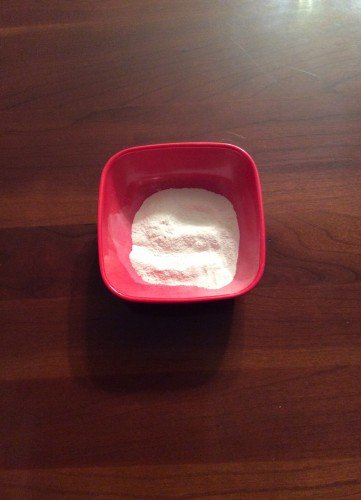Many people see cremation as an earth-friendly alternative to burial, but is it really? While you are avoiding embalming chemicals and occupying large plots of land, cremation has a carbon footprint too. The energy needed to heat a body to 1750 degrees for 3-4 hours is not insignificant.
But now there is a greener alternative to cremation – alkaline hydrolysis. This is a water- and alkaline-based treatment that does not involve intense heat, appealing to those who are eco-conscious as well as those who are uncomfortable with the concept of having their loved one incinerated. The dissolution process takes several hours longer, but the cost can be about the same as a traditional cremation.
The first time I received a set of these remains I was stunned by the difference. Traditional cremains are coarse and chunky, and vary in color from white/gray to nearly black, like beach sand in texture and color variety. The remains produced by alkaline hydrolysis are fine, white and soft, like flour. I was intrigued and called the funeral home that sent them to me, Pearson’s Funeral Home in Roseburg, Oregon.
Pearson’s is the first funeral home west of the Mississippi to offer this Clear Water Oregon Disposition (TM) process, which is described on their website as “an energy efficient, flameless alternative to traditional cremation. Alkaline hydrolysis uses water, temperature and alkalinity (sodium and potassium hydroxide) to accelerate the body’s natural processes of tissue hydrolysis. All organic substances are consumed or driven off except bone fragments. It is considered environmentally friendly because fossil fuels are not used in the disposition, so there is a substantial reduction in greenhouse gas emissions. Only a fraction of the energy needed for traditional cremation is needed, and only as much water as a person would normally use in a day or two.” Please check out the YouTube video they made for a light-hearted but informative lesson in how this process works. Visit pearsonsfuneralhome.net and learn about the dissolution alternative.
Morris Pearson tells me the dissolution choice has been very popular since its introduction, and predicts as carbon taxes are implemented more and more funeral homes will be seeking to offer this alternative to their customers.
In the photos below, the containers on the left contain traditional cremated remains, the blue one after sifting and the green one before sifting. The red container on the right holds remains that have undergone alkaline hydrolysis.
If the idea of a greener burial appeals to you, search for a funeral home near you that offers alkaline hydrolysis.


